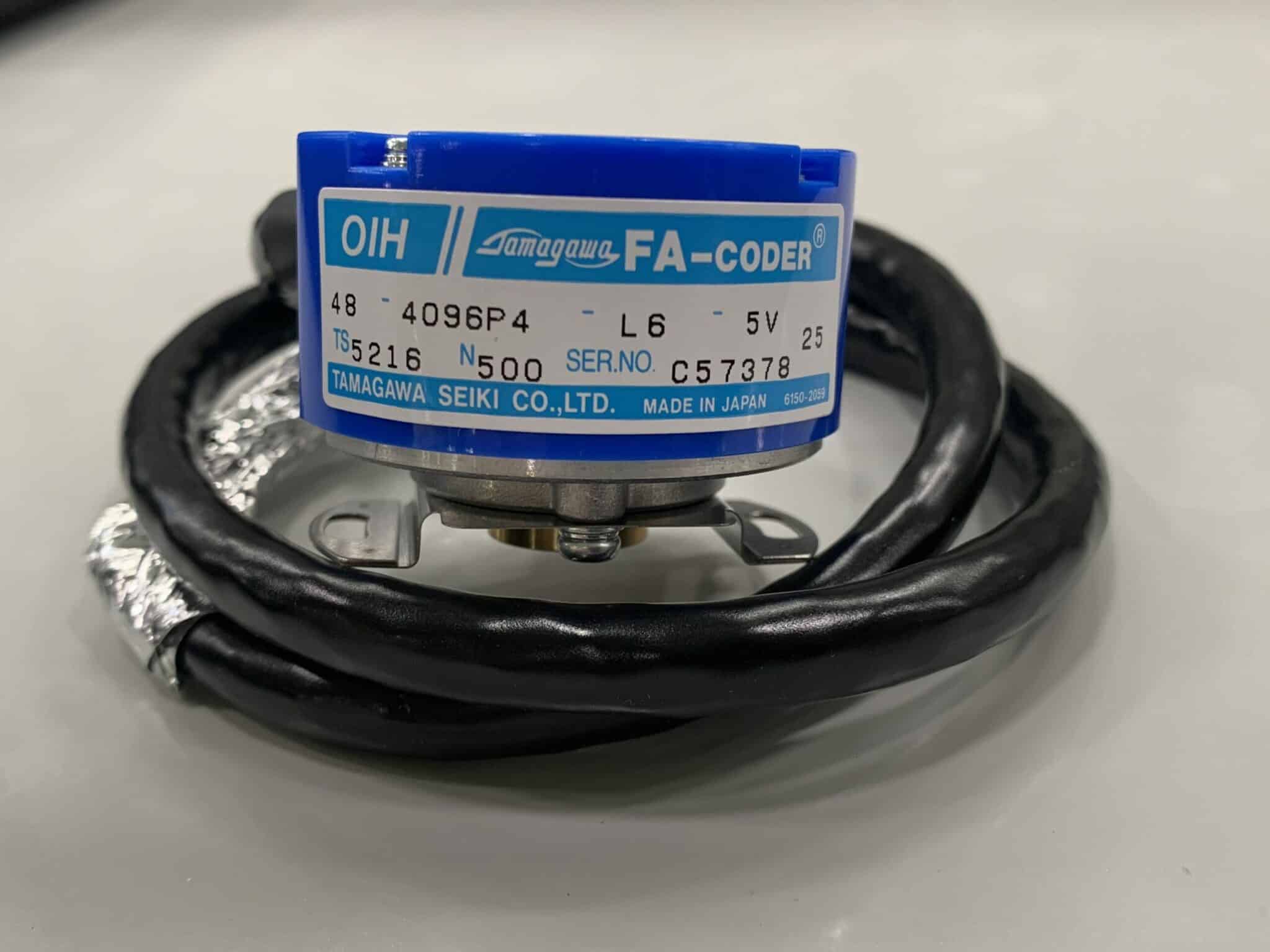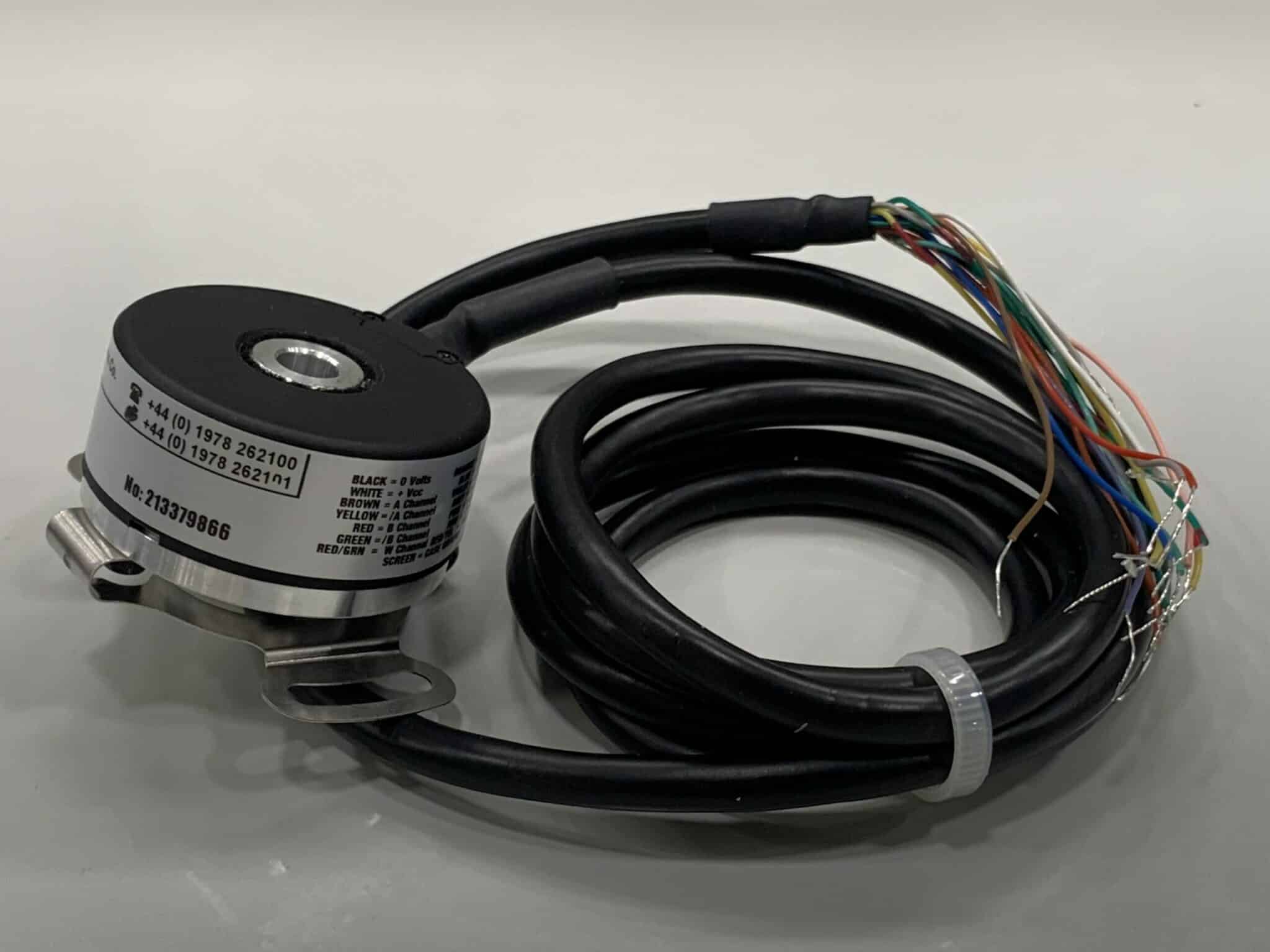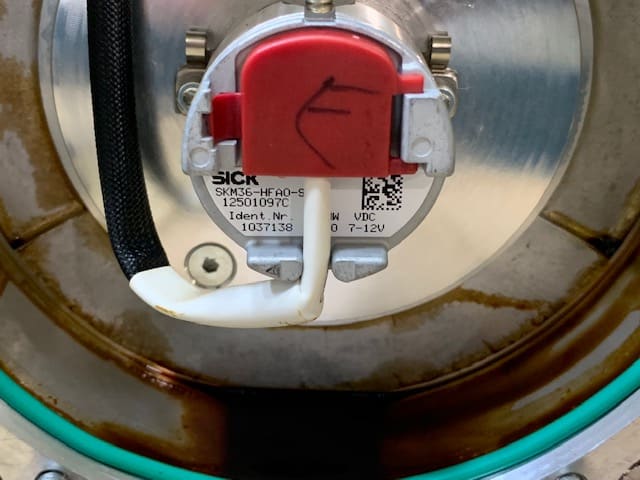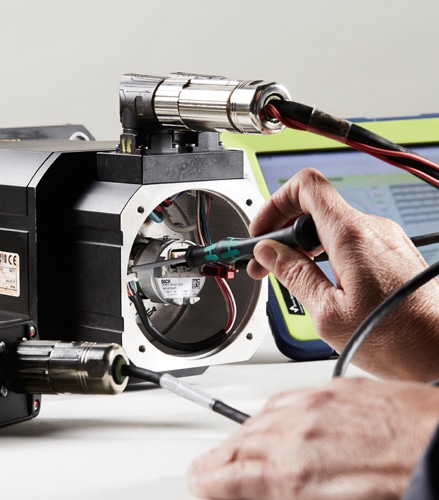Differences between absolute and incremental encoder
How do incremental and absolute encoders work?
A- Incremental Encoder
Incremental encoders generate a specific numbers of pulses per inch or millimeter of linear movement.
An Incremental encoder has 2 outputs basically called A and B which produce two waves, in theory square ones, 90 degrees out of phase when there is movement. The industrial encoders very often have a third output called “index” (Z) which is essentially used to indicate that it has made a complete turn and also to verify that the encoder is counting properly.
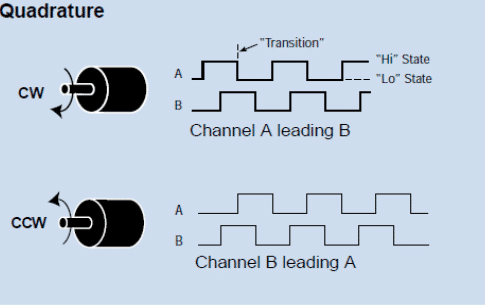
This output allows us to monitor the processes that can reverse the direction or that must keep the position clear when it is stopped or oscillating mechanically
The bidirectional square output is recommended for almost all applications of position, speed and longitude.
An incremental encoder’s output shows movement. To determine the position its pulses must be counted by a meter. This counting only happens once per revolution of the shaft (Z). The counting is subject to error during a power outage or corruption by electrical transistors. When it starts the equipment must be pointed at the reference or starting position to start up the position meters.
Advantages of incremental encoders
-
Some of the advantages of using incremental encoders are the following:
– They are inherently digital so they can be easily connected to modern devices
– Are inexpensive and easy to use
– Can provide good resolution in relation to their cost
– Their differential digital output makes them more soundproof in comparison with other analogical devices
Disadvantages of incremental encoders
- Some of the advantages of using incremental encoders are the following:
– An incremental encoder (without commutation signals) provides speed and position feedback but not the commutation signal.
– If the unit’s power supply is interrupted, the position is lost.
– If we compare with a resolution the working temperature range is lower because the electronics is built into (the feedback of the) The encoder continues working at temperatures of up to 120 (max 100C to maintain full performance)
B- Absolute Encoder
An absolute encoder generates digital messages that show the encoders current position and its speed and direction of movement. If energy is lost the output will be corrected every time the power is re-established. It is not necessary to go to a position of reference like in incremental encoder.
An absolute encoders’s resolution is defined as the number of bits per message output. This output can be in binary code or gray code which produces change in a single bit to minimize errors.
It emits a unique digital code for each angle of the shaft.
An absolute Gray code encoder with 13 tracks. On the top you can see the housing, the switch’s disc and the power supply.
The resolution of a sin/cos encoder depends on the frequency of the sinusoidal wave signal and the encoders peak-to-peak differential tension.
Just like the conventional rotating sin/cos a linear sin/cos encoder is also available. The lineal scale is fixed to the mount of the magnetic support plaque and the sensor’s head is mounted on the winding unit. This kind of detection is generally the most inexpensive way available in linear optical encoders
Advantages of absolute encoders
- Some advantages of absolute encoders are the following:
– High resolution can be achieved with interpolation inside the unit.
– They are used with comms encoders to provide incremental signals.
Disadvantages of absolute encoders
- Some advantages of absolute encoders are the following:
– Absolute position is unknown; sin/cos encoders are only used for increases in speed and feedback position
– They are sensitive to noise due to the analogical nature of the feedback signal.
